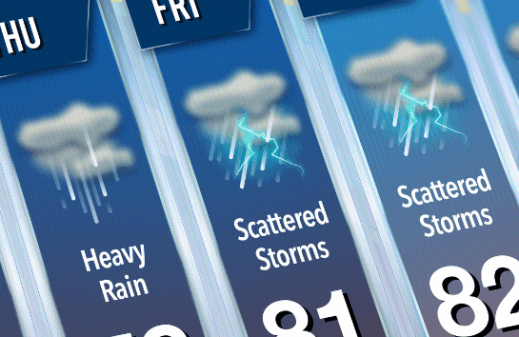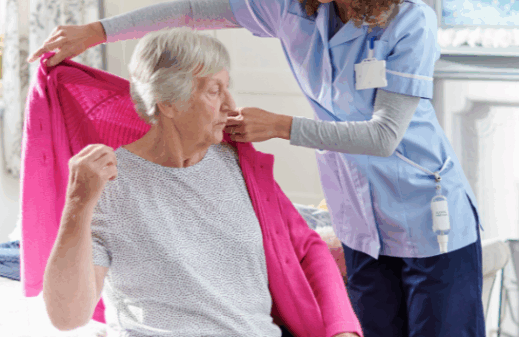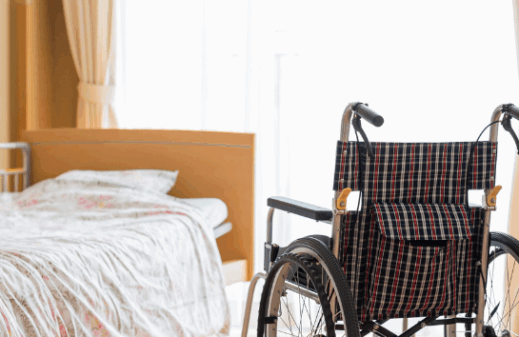First came COVID-19. Then came the Delta variant, followed by the Omicron variant. We don’t know what the next big variants will be, but we can assume that they will exist. The pandemic isn’t over yet, and leaders at personal assisted living communities need to be ready.
The Next Variant Might Not Be Mild
There is hope that the pandemic will wane as variants become increasingly mild. Unfortunately, this is not guaranteed. According to Fortune, experts say that we can’t assume that the next variant will be mild. Although we might see some relatively harmless variants, we might also see some that are more dangerous.
Another problem is that new variants might be even more contagious than their predecessors. The UK Health Security Agency says that BA.2, a subvariant of Omicron, has been identified in England, and it has an increased growth rate.
There’s also a concern that current vaccines might not be as effective against new variants. According to the CDC, breakthrough infection in people who have been vaccinated are likely, but vaccines still appear effective at preventing severe illness, hospitalizations and deaths.
Lessons from Earlier Variants
A new variant might cause more outbreaks, but we won’t be starting from square one. We’ve learned a lot about the virus and how to deal with it. We’ve seen how the pandemic can lead to supply chain issues, isolation and political division, and we’ve developed vaccines and treatments.
We also know more about how COVID spreads. According to a paper published in ACS Central Science, there’s a relatively low risk of fomite transmission of COVID. That means you probably won’t get COVID by touching contaminated surfaces.
In addition to vaccines, testing, handwashing and staying six feet apart, the CDC says that people can slow the spread of COVID by wearing a well-fitting mask and avoiding poorly ventilated areas.
How to Be Ready
Leaders at personal assisted living facilities should make sure they are prepared for the next COVID variant.
- Make sure your ventilation and air filtration systems are sufficient. In indoor settings, good ventilation and filtration may be essential to limiting the spread of the coronavirus. See ASHRAE’s guidance for residential healthcare facilities.
- Continue to monitor the situation. Don’t become complacent or assume the pandemic is over. Watch for updates from various agencies regarding new risks and the best practices to deal with those risks. The CDC is continuing to update its interim infection prevention and control recommendations to prevent SARS-CoV-2 in nursing homes and long-term care facilities. The CDC also has a page devoted to multi-family housing with special considerations for older people.
- Reflect on the problems of the last two years. In the early days of the pandemic, assisted living facilities scrambled to contain the risk. It was a period of confusion, and mistakes were made. Think about what went wrong, what went right, and what you can do better going forward, and create policies based on these insights.
- Plan for supply chain issues. We’ve seen how the pandemic can trigger a host of supply chain problems, shortages and costs increases. Create contingency plans for these issues.
- Address the social and mental health consequences of a long-term pandemic. According to an article in the National Academies of Science, Engineering, and Medicine, more than 40% of people over the age of 60 reported feeling lonely before COVID, and the pandemic has made many elderly more isolated than ever before. Isolation has been linked to an increased risk of dementia and death, and loneliness is linked to higher rates of depression and anxiety. Your team members may also be experiencing mental health challenges.
Finally, make sure you have the right insurance coverage. The team at PCALIC can help you review your coverage needs to make sure you have the correct safeguards in place before the next COVID variant strikes. We have been providing insurance and risk solutions to the personal assisted living community for 20 years. Contact us to learn more.



